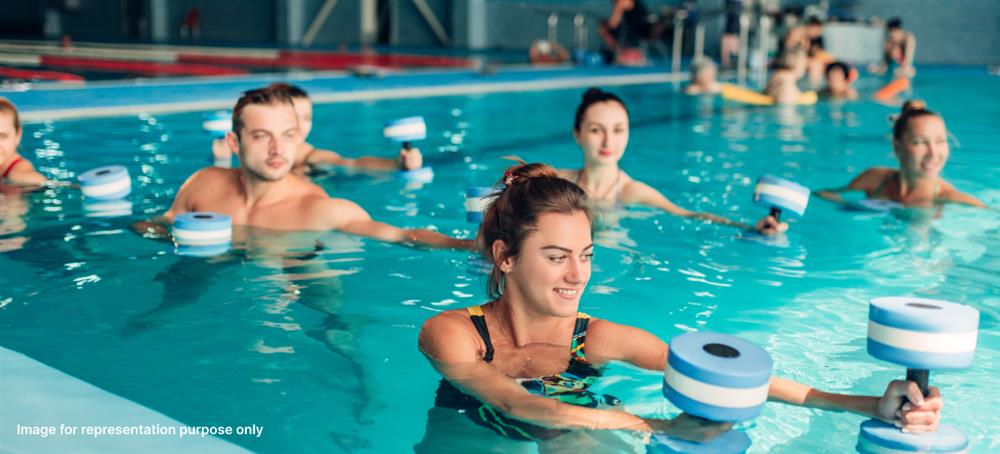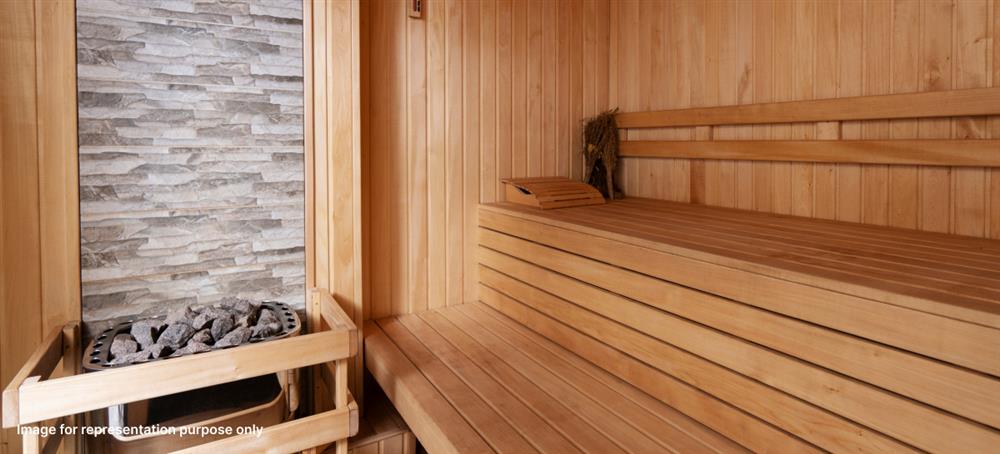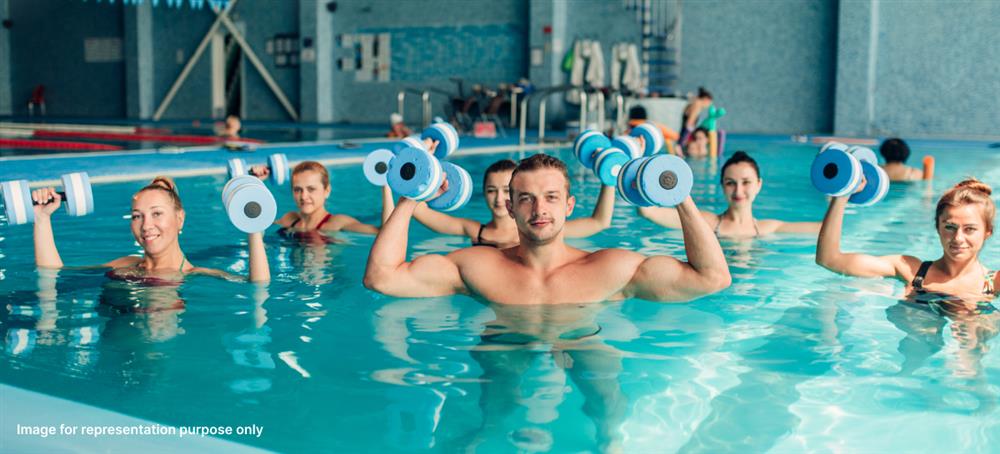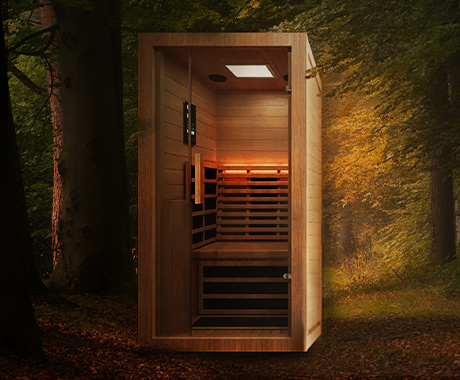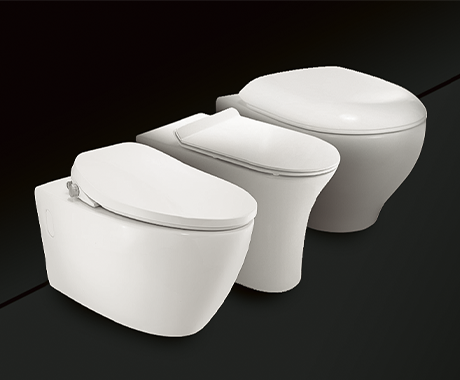The Science Behind Hydrotherapy
Hydrotherapy
Vetted by
SocialBeat, Senior Architect, Delhi
October 22, 2024
Hydrotherapy is a therapeutic process that involves water for various health purposes. Also known as water therapy, it is often used to treat chronic health conditions including fibromyalgia and arthritis. Furthermore, water therapy is used to treat different skin-related problems like septic ulcers or burns, which are temporary. Depending on your health conditions, hydrotherapy uses warm or cold water with the right water flow and pressure. The aim of water therapy is to relieve you from physical and mental conditions like pain in muscles and bones, relieve you from cold, stress and much more.
While some water therapy practices are simple and can be done at home, others require special equipment, for instance, a cold sauna. In many cases, it has done wonders. However, you must consult a doctor before adding water therapy to your treatment practices. Depending on your condition, the doctor may suggest which hydrotherapy would suit you.
There are different types of hydrotherapy available. After understanding your health condition, your physiologist or doctor will recommend the best hydrotherapy treatment for you. The common ones are as follows:
Aquatic Physical Therapy
Also known as hydro physiotherapy, aquatic physical therapy takes place in a pool or any aquatic space which is supervised by a trained healthcare professional. As the name suggests, it eases your physical condition with the help of a personalised workout regimen inside a pool. Aquatic physical therapy is for the injured, disabled and all those individuals who find it difficult to perform exercises on land. It is also one of the well-known wellness and recovery programmes that involves hydrotherapy and physiotherapy.
If you’re suffering from joint pains or chronic physical conditions like arthritis, your doctor may suggest aquatic physical therapy, besides taking your regular medications. When you’re on water, the joints and muscles generally become easier to move than being on land. For this reason, you can get your healthcare professional to give you the pass for a trained aquatic physical therapist.
Normal physiotherapy often causes pain while moving your muscles, but, if you sign up for hydro physiotherapy, it can make the process of bending your muscles and joints pain-free. With the right hydrotherapy techniques, you can ease your physical pain and improve your overall well-being.
Sitz Bath
Sitz bath is a type of hydrotherapy that uses warm water in a tub. It is a type of water therapy for healing from haemorrhoids and cramps. It can also ease your pain from itching in the genital region. This is a simple hydrotherapy that you can give yourself at home in your bathtub or you can install a plastic kit in your toilet. The kit typically includes a circular low basin and a plastic bag with lengthy tubing attached to the end.
The size of the basin is somewhat bigger than the regular toilet bowl. You can safely attach it and position it below the toilet seat to keep you sitting while you take the sitz bath. This hydrotherapy doesn’t require a doctor’s prescription. Some individuals take sitz baths regularly to wash their perennial region.
Besides cleansing purposes, sitz baths release warm water which elevates blood flow to the perineum to boost healing. You can consider a sitz bath for itching or minor pain in your genital area. Furthermore, sitz baths offer hot water therapy benefits including relief from anal fissures, reduced swelling from postpartum periods and relief from afterbirth pain.
Wet Saunas
Since the Stone Age, wet saunas have been used for hygienic values and health purposes. It is a form of hydrotherapy where you have to sit in a room which is wet or dry, hot or cold. Wet saunas generally equip hot or cold water baths and depending on your health conditions, you can enrol on a wet sauna bath. The warm water wet saunas typically promote sweating that strips off toxins from your body. Moreover, a warm water sauna is a great hydrotherapy for weight loss as it increases the basal metabolism rate. Furthermore, a wet sauna accelerates blood circulation, making your skin hydrated.
A wet sauna with cold water can release endorphins which are feel-good hormones. Cold water therapy benefits include constricting blood circulation which potentially benefits cardiovascular health in a person. Wet saunas with cold water also cause blood inflammation which speeds up muscle recovery. Hence, if you’re into sports or have a muscle injury, this form of hydrotherapy can be the best way to wellness and recovery.
Warm Water Baths
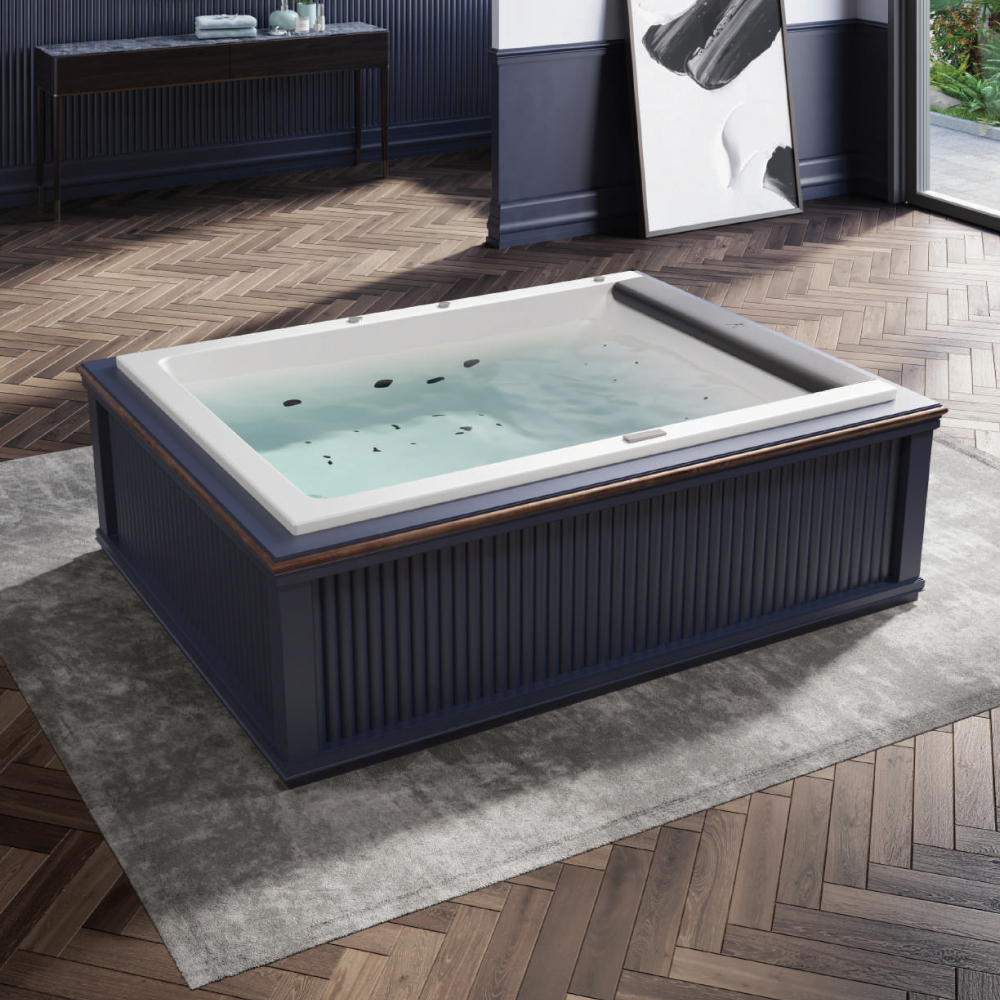
Soaking in warm water in a hydrotherapy pool is therapeutic for both body and mind. You can also take warm water baths at your home in your bathtub. If you have a whirlpool in your house, it can also offer benefits to your hydrotherapy treatments. Put some warm water in your bathtub and relax your muscles.
Warm-water baths are known to offer comfort when you’re dealing with congestion, body aches, or muscle fatigue, as the warmth helps relax tense muscles and ease stiffness. Spending time in a whirlpool can enhance this experience by combining warm water, hydrotherapy massage jets, and buoyancy to reduce joint pressure, soothe tired muscles, and promote relaxation. The heat can also encourage temporary improvements in circulation by helping blood vessels widen, which supports better blood flow and the delivery of oxygen and nutrients throughout the body.
While these effects can help you feel more relaxed and physically at ease, warm baths and whirlpools should be used as a comfort measure rather than a medical treatment, especially for individuals with existing health conditions.
Immersion Therapy
Immersion therapy is a type of hydrotherapy treatment that allows individuals to immerse themselves in hot tubs or cold tubs, depending on their health condition. After consulting with your doctor, you can add immersion therapy to your fitness and recovery programme. If you have stiffness in your joints and muscles, you can fill the hydrotherapy tub with hot or warm water and let your muscles loose. The heat will numb your muscles and you can move them freely, as your body is immersed in water. Warm water immersion therapy also improves blood circulation and reduces toxins by increasing the amount of nutrients and oxygen flow in your body.
As a form of hydrotherapy, immersing yourself in cold water is becoming quite popular among celebrities. This hydrotherapy boosts collagen production thus helping reduce wrinkles and maintaining skin firmness. Immersion therapy in cold water also increases your energy levels so that you can stay active all day. Furthermore, it improves sleep, thereby reducing insomnia symptoms.
Water Circuit Therapy
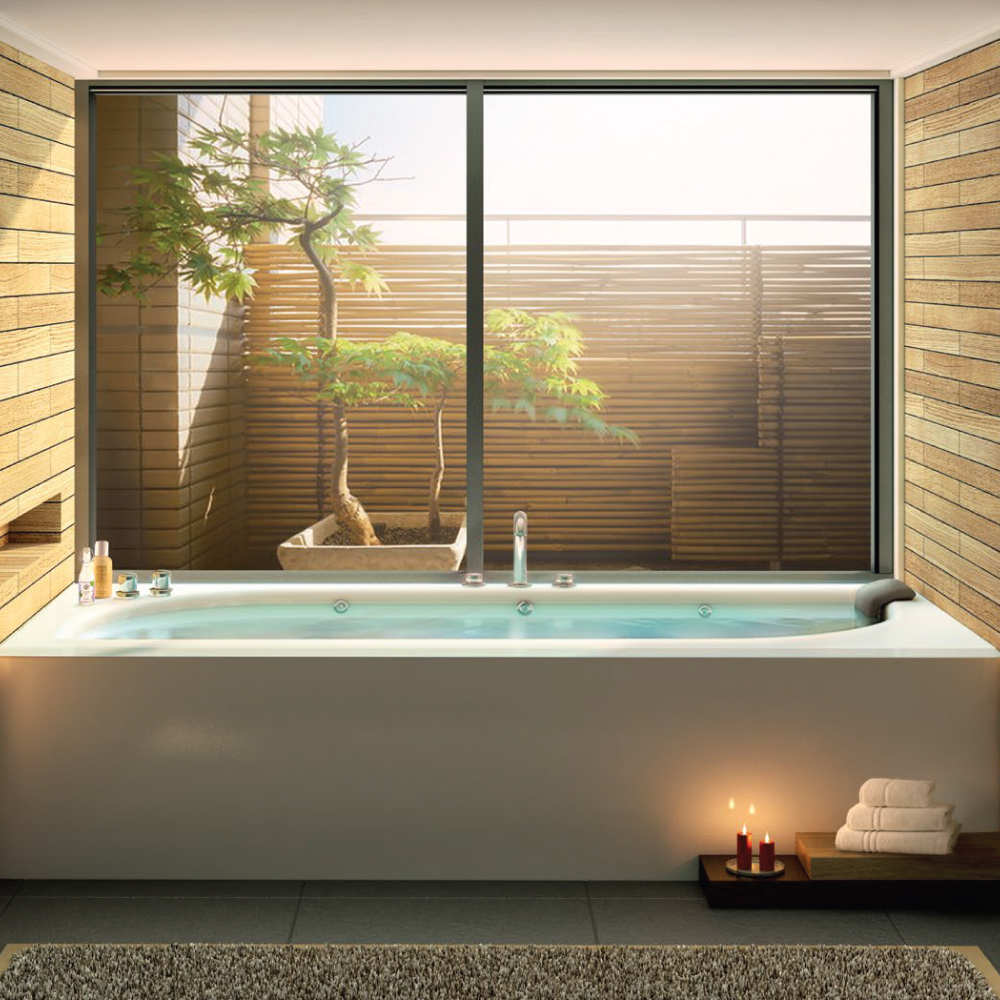
When saunas, hot tubs and cold baths are combined it becomes water circuit therapy. It is a type of hydrotherapy that switches between aquatic treatments of different temperatures. It often involves whirlpool hydrotherapy that after understanding your health conditions changes the temperature from hold to cold or vice versa.
A basic water therapy session can involve a hot water bath for 10-20 minutes. This would warm you up and massage your stiff muscles and joints, offering relief. You can further take a 10-20 minute steam bath to sweat off toxins. Instead of directly going into an ice bath, you can start with a comfortably cool bath to help your body adjust to the lower temperature. Finally, end your water circuit therapy with a cold water bath which can reduce your body pain and improve your mood.
There are various scientific reasons for adding hydrotherapy as a part of a treatment programme. The science behind this regimen is as follows:
Circulation & Blood Pressure
One of the key benefits associated with hydrotherapy is its ability to support healthy blood circulation. Warm water combined with massaging jets in aquatic equipment can help relax muscles and temporarily stimulate blood flow. For example, when you sit in a whirlpool, the warmth and gentle water pressure create a soothing massage effect that may help promote relaxation and encourage better circulation. Hydrotherapy also helps maintain blood pressure, in turn pumping more oxygen and vital nutrients to the injured muscles and promoting fast recovery. The pressure of the water can stimulate your blood pressure and allow oxygen to flow properly in your arteries and veins, reducing the chances of heart blockages.
Pain Relief
Hydrotherapy involves body movements in water bodies including hot tubs and cold tubs which improves blood flow and circulation, thereby, easing pain. Hydrotherapy benefits include loosening stiff muscles and joints, which causes tremendous pain. The buoyancy of water makes it easy to move your body which is otherwise a difficult task to do on land. The therapy has healing properties, thus relaxing your muscles and allowing you to perform a range of physiotherapy movements to relieve joint and muscle pains. For chronic health conditions, like arthritis, there’s also personalised hydrotherapy which caters specifically to arthritis patients.
Skin Health
Cold water baths or cold water immersion is one of the best hydrotherapy for skin. You can also indulge in warm water baths with essential oils and bath salts rejuvenating your skin. For good skin health, you can consider taking hydrotherapy at home in either warm or cold waters, depending on your skin conditions. Cold water baths increase collagen production in the body which helps reduce the signs of premature ageing. Immersing yourself in cold baths can also remove blemishes, making your skin look glow.
Mental Health
Body aches and soreness can often cause anxiety which eventually disrupts mental health. To make you feel at peace, mentally, you can take a warm water bath or cold bath, as a form of hydrotherapy. If you’re suffering from any kind of physical injury or pain, aquatic therapy can help you heal sooner, thereby improving the quality of your life. Also, hydrotherapy offers a safe environment to practise physical movements, especially for patients with chronic diseases, which can help them take a step towards recovery. You can further get rid of cold symptoms by taking warm water baths as it clears the mucus of your system so that you can live a better life without any discomfort.
The therapeutic effects of hydrotherapy can have lasting positive impacts on several health conditions. Here are some of them.
Arthritis
Arthritis is an autoimmune disease that affects one or more joints. Arthritis symptoms normally take time to develop, however, in some cases, it can happen suddenly. Various types of arthritis are caused due to various reasons. All these types of arthritis have different treatments. However, the most common type of arthritis is osteoarthritis (OA).
The commonly experienced symptoms of arthritis (of any kind) are stiffness of the joints, swelling and joint pain. Most of the time, the condition worsens when you get out of your bed in the morning or when you stand after resting for a prolonged time.
For osteoarthritis, the symptoms may include:
- Weakness of muscles in the joint area.
- Reduced mobility that disappears after the movement.
- Popping or cracking while bending.
There are various ways to treat the symptoms of arthritis and osteoarthritis. One such treatment is arthritis hydrotherapy. It involves physical movements in water rather than on land. With water therapy or hydrotherapy for arthritis, you don’t have to put excessive force on your joints while practising the exercises.
Hydrotherapy helps individuals with arthritis in many ways:
- Arthritis hydrotherapy is characterised by buoyancy, which reduces weight bearing and eases joint inflammation, which is one of the most vital symptoms of arthritis.
- Hydrotherapy and osteoarthritis involve sitting in a hot tub or taking warm water baths which would relax stiff muscles by increasing blood flow.
- Arthritis patients by adding hydrotherapy to their treatment can use the natural resistance of water, making their healing process more fun.
For knee osteoarthritis, there are a few lower limb hydrotherapy exercises that target knees and hips,relaxing the joints for better movement.
In general, water therapy is a safe treatment for arthritis patients. However, some people may have different reactions to this treatment, based on their condition. Hydrotherapy can involve use of bath salts. So, if you’re allergic to any component present in the bath salt, you can choose not to add it in your session. It is thus advisable to consult a doctor before you add aquatic therapy to your recovery routine.
Cerebral palsy
Cerebral Palsy (CP) is a collection of disorders that impede movements of muscles and coordination. In many cases, cerebral palsy disrupts hearing, vision and sensation. This is one of the main causes of motor disorders in childhood.
Cerebral palsy symptoms change from one individual to another, depending on their conditions. While some people with this condition may find it difficult to sit and walk, others may have difficulty holding objects.
For children, when they grow and develop motor abilities, the effects of cerebral palsy become more clear or restrictive. It also varies depending on the part of the brain that was injured.
With exercises, children can get relief from muscular pain and it can improve their motor abilities. Evidence suggests that patients with cerebral palsy can take hydrotherapy sessions, which would ease their moto functions. Children with cerebral palsy can reap water therapy benefits.
- Children with cerebral palsy can move freely in water, without putting too much weight on their bodies. This helps them move their muscles as they desire.
- The buoyancy of water allows children to gain control over muscles as the water’s pressure allows individuals to relax their bodies and move every muscle freely.
- Individuals with cerebral palsy often fear injuries, when they are practising exercises on land. However, water therapy allows them to practise different aquatic exercises in a safe environment, under the supervision of a healthcare professional.
- Hydrotherapy with warm water increases blood flow which sends more oxygen and nutrients to the arteries and veins, thereby boosting heart function.
- Water resistance ensures individuals improve muscle endurance and flexibility.
Studies suggest that the emotional and cognitive responses of individuals from age 8 to 48 have shown significant progress with water therapy. The therapy included:
- 10-minute warm-up workout in the pool.
- 30-minute assisted exercises.
- 10-minute cool-down exercises.
Despite its benefits, hydrotherapy may have some general risk factors including infections and burns/frostbites (depending on what water therapy you’re indulging in). Nevertheless, before you add aquatic therapy to your recovery programme, consult with a healthcare professional.
Fibromyalgia
Fibromyalgia is a chronic and long-term condition with symptoms like tenderness, pain in bones and muscles, tenderness and cognitive and sleep disturbances. Often the symptoms of fibromyalgia mimic other conditions, which makes it difficult for healthcare professionals to diagnose this long-term disorder. The other symptoms of fibromyalgia include:
- Headaches
- Lack of attention
- Pain in the lower abdomen
- Anxiety
With different physical therapies and exercises, you can manage your fibromyalgia symptoms. One of the most effective ways is water therapy.
- Fibromyalgia patients have inflammation in their muscles and bones, causing pain and stiffness in the joints. To reduce this pain, hydrotherapy tubs can be quite beneficial. The water equipment will provide gravity-free space which would motivate patients to move freely, stretching their body as they desire.
- Hydrotherapy helps improve blood flow and ease joint pressure. With that science, this therapy can also be effective in relieving chronic conditions like fibromyalgia.
- Fatigueness is a common condition associated with fibromyalgia, which often disrupts the immune system. Hydrotherapy with warm water can detoxify your body sending oxygen and nutrients to inflamed tissues, thus improving your immune system.
- Troubled sleeping can be a sign of fibromyalgia. To promote good sleep, hydrotherapy with cold water is an effective treatment. The cold water constricts blood vessels and forces blood to travel from surface to core. In such conditions, fresh blood is pumped into your brain which reduces anxiety and stress and improves your sleeping pattern.
Hydrotherapy is an effective treatment, but it is important to follow hydrotherapy precautions due to potential risk factors.
- Control the water temperature of the hydrotherapy tub as too hot or cold water can cause burns or frostbites.
- There are some bath salts and soaps that can be added to the bathtub as they offer relaxation. If you have sensitive skin, consider using bath salts with caution. You may want to test a small amount first or look for bath salts specifically formulated for sensitive skin.
You can include hydrotherapy to your wellness journey after understanding your health conditions. However, you should consult a doctor before incorporating this therapy into your daily routine.
Multiple sclerosis (MS)
Multiple sclerosis (MS) refers to a chronic disorder that impacts an individual’s central nervous system. This condition enables your immune system to destroy myelin, a protective layer that surrounds nerve fibres. Multiple sclerosis causes temporary lesions and inflammation leading to symptoms like:
- Difficulty in walking
- Fatigue
- Vision problems
- Speech disorder
Though there is no definite cure for this health condition, there are treatments that can manage the symptoms of multiple sclerosis. According to research, water therapy has several benefits associated with MS. These benefits are as follows:
- Since water’s buoyancy neutralises body weight, people with MS find it easier to move in water. Thus, when your body is immersed, your joints bear significantly less weight. Hydrotherapy for MS patients can also include swimming which helps develop muscle coordination, flexibility and endurance.
- Swimming as a part of hydrotherapy can also reduce fatigue which impacts 80% of the people with multiple sclerosis. It can keep your body cool yet activated, offering more energy and reducing MS symptoms.
When you’re practising hydrotherapy exercises ensure you’re not overheating the tub. Though hot tubs and saunas are effective for various health conditions, it can worsen MS symptoms. Evidence suggests to keep the water temperature below 85 degrees during a hydrotherapy session.
Parkinson’s disease
Parkinson’s disease is a chronic neurological disorder that impedes your physical and cognitive responses. Besides the early symptom of movement difficulty, the other signs of Parkinson’s disease include:
- Stooped posture
- Tremors
- Balance issues
- Stiffness of muscles and joints
However, there are various therapies to control the symptoms of Parkinson’s disease, including aquatic therapy.
- As stated earlier, people who have difficulty with movements on land can do so easily in water, due to its buoyancy.
- Hydrotherapy offers a gravity-free space for physical movements, thus alleviating the fear of falling. This allows Parkinson’s disease patients to get control over their body balance.
- Patients with Parkinson’s disease often get tremors. A hydrotherapy session in a warm pool can soothe muscles while the water’s pressure can relax movements.
Studies have suggested that people who have undergone hydrotherapy sessions in a heated pool have much better motor responses than people who have not taken aquatic therapy.
Despite all the advantages, hydrotherapy may cause general side effects like infections, allergic reactions and burns. It is thus important to set the water temperature properly and clean the water equipment. But, most importantly, you must consult with your healthcare professional before adding this to your recovery regimen.
Conclusion
Over the years, hydrotherapy or water therapy proved effective in treating various health conditions. There are various types of hydrotherapy, from cold water baths to physiotherapy movements in a heated pool which reduce symptoms of different diseases. Hydrotherapy is an additional treatment process which supports you in a person’s wellness journey. Though there are risks associated with it, by using effective precautions, you can reap the benefits of this therapy.
To conduct hydrotherapy sessions, you can use different aquatic equipment. These equipment come with buoyancy and massaging properties, which are essential factors in hydrotherapy.
If you want to make hydrotherapy a part of your daily life, you can check out the range of bathtubs and spas that Jaquar brings and enjoy a relaxing session. With Jaquar's state-of-the-art bathtubs and luxuriously equipped spas, your hydrotherapy session will be a unique and sophisticated experience. Scroll through the wide options and have a rejuvenating time at the comfort of your home.


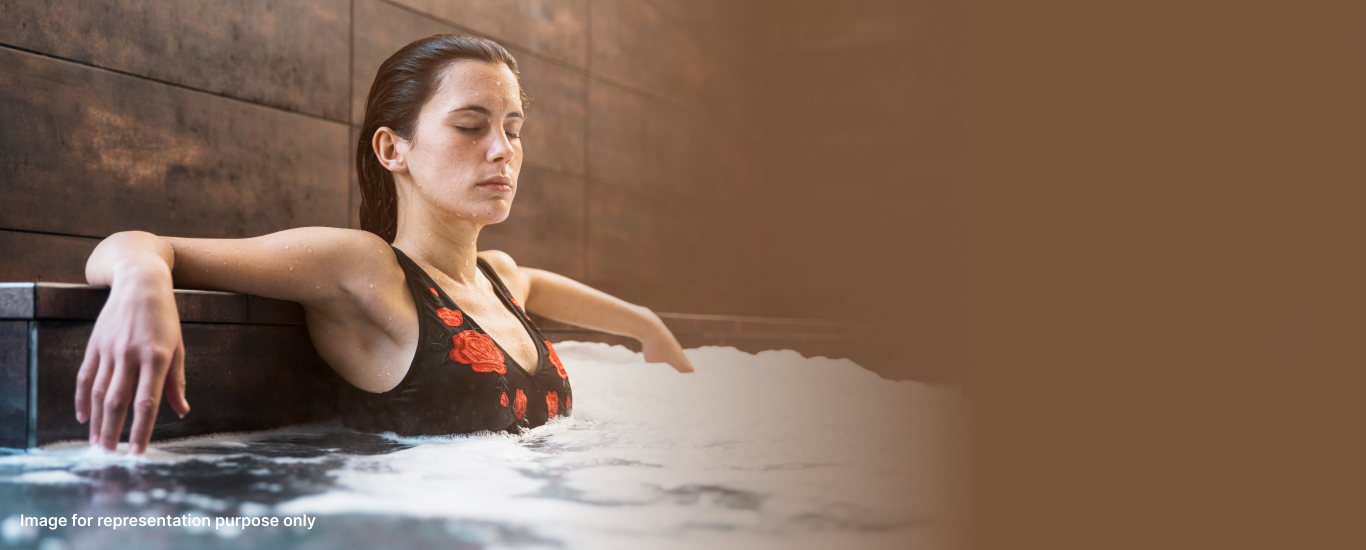
.jpeg)
